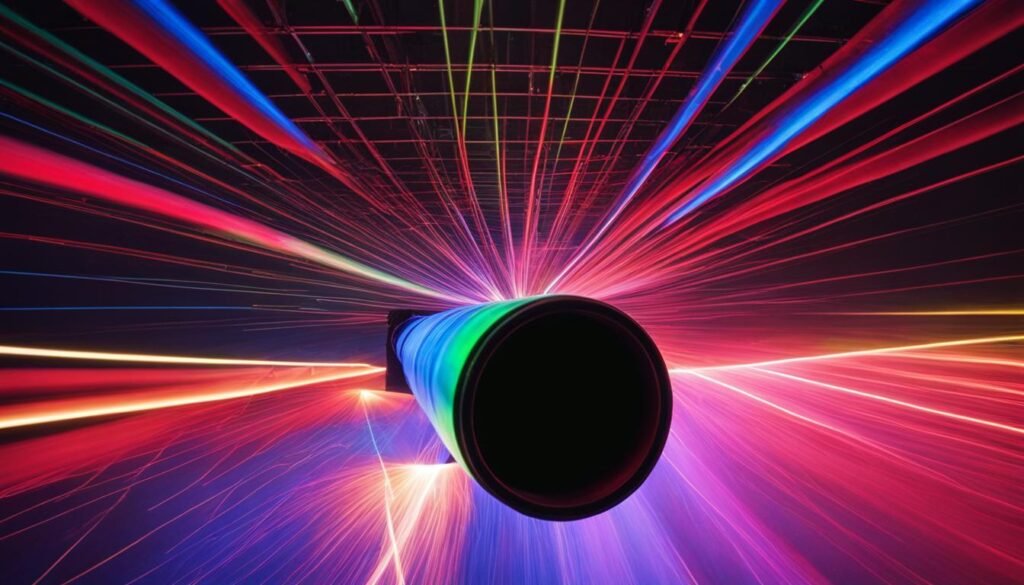Contents

Source: Wikipedia
Understanding the Doppler Limit in Laser Cooling
Laser cooling is a technique used to reduce the motion of atoms or ions, achieving temperatures close to absolute zero. This process is vital for experiments in quantum mechanics and atomic physics, where precise control over atomic motion is required. A key concept in laser cooling is the Doppler limit, which defines the minimum temperature that can be achieved using this technique.
What is the Doppler Limit?
The Doppler limit is the lowest temperature that can be reached through Doppler cooling, a method of laser cooling. It arises due to the interaction between light and atoms, where photons are absorbed and re-emitted, causing a reduction in the kinetic energy of the atoms. The Doppler limit is determined by the natural linewidth of the atomic transition and the Boltzmann constant.
Calculating the Doppler Limit
The temperature at the Doppler limit is given by the formula:
TD = ℏΓ/2kB
where Γ is the inverse of the upper-state lifetime (related to the natural linewidth), ℏ is the reduced Planck’s constant, and kB is the Boltzmann constant. Typical values for the Doppler limit are in the range of hundreds of microkelvins.
Going Beyond the Doppler Limit
While the Doppler limit represents a fundamental boundary in laser cooling, it is possible to achieve temperatures below this limit using advanced techniques. Two such methods are Sisyphus cooling and velocity-selective coherent population trapping.
Sisyphus Cooling
Sisyphus cooling exploits the spatial variation of light intensity in an optical lattice to further reduce atomic motion. Atoms are forced to climb potential hills, losing kinetic energy in the process, which is then dissipated as heat, allowing them to reach temperatures below the Doppler limit.
Velocity-Selective Coherent Population Trapping
This technique involves the use of multiple laser beams to create quantum interference effects that selectively trap atoms with certain velocities, effectively cooling them to even lower temperatures than those achievable by Doppler cooling alone.
Applications and Importance
Achieving temperatures below the Doppler limit is crucial for a variety of scientific endeavors. Ultra-cold atoms are essential for the development of quantum computers, precision measurements, and simulations of quantum systems. These advancements hold the potential to revolutionize fields such as material science, cryptography, and fundamental physics research.

In conclusion, understanding and surpassing the Doppler limit in laser cooling opens new frontiers in scientific research and technological innovation. As techniques continue to evolve, the ability to control atomic motion with unprecedented precision will drive further discoveries and applications.

Source: YouTube
Feel free to comment your thoughts.



